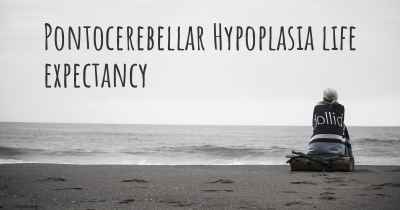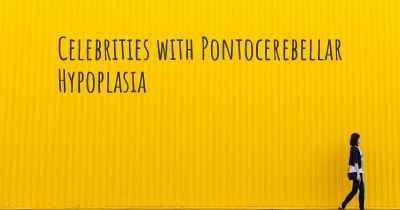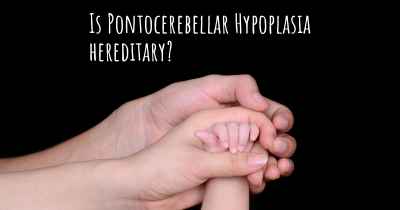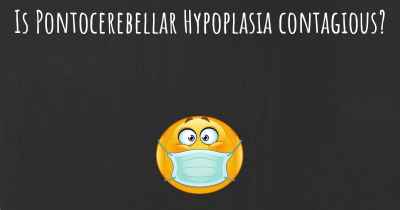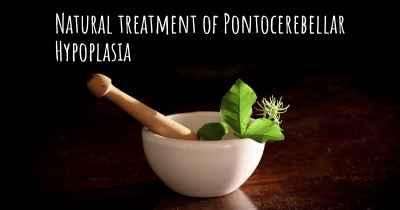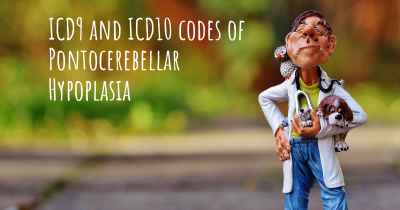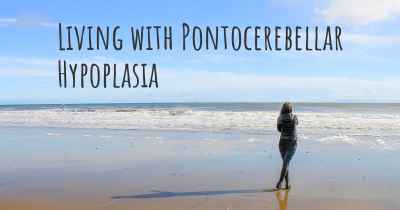What is the history of Pontocerebellar Hypoplasia?
When was Pontocerebellar Hypoplasia discovered? What is the story of this discovery? Was it coincidence or not?

Pontocerebellar hypoplasia (PCH) is a rare genetic disorder that affects the development of the brain, specifically the pons and cerebellum. It is characterized by underdevelopment or malformation of these brain regions, leading to a range of neurological symptoms. PCH was first described in medical literature in the 1970s, and since then, significant progress has been made in understanding the condition.
Discovery and Early Research:
The history of PCH begins with the discovery and characterization of the disorder. In 1973, a group of researchers led by Dr. J. M. Sijens identified a group of infants with a distinct pattern of brain abnormalities. They observed that these infants had a small cerebellum and pons, leading to severe neurological impairments. This marked the first recognition of PCH as a distinct clinical entity.
Classification and Subtypes:
Over the years, further research has led to the identification of different subtypes of PCH. The classification system has evolved as more information about the genetic basis and clinical features of the disorder has emerged. Currently, there are at least 10 known subtypes of PCH, each associated with specific genetic mutations.
Genetic Discoveries:
Advancements in genetic testing techniques have played a crucial role in understanding PCH. Researchers have identified several genes that are involved in the development of the pons and cerebellum and are associated with PCH. Mutations in these genes disrupt normal brain development, leading to the characteristic features of the disorder.
One of the most common genetic mutations associated with PCH is in the TSEN54 gene. This gene encodes a protein involved in RNA processing, and mutations in TSEN54 disrupt this process, leading to abnormal brain development. Other genes implicated in PCH include EXOSC3, RARS2, and SEPSECS.
Clinical Features and Diagnosis:
PCH is typically diagnosed in infancy or early childhood based on clinical features and neuroimaging studies. The most common symptoms include severe developmental delay, intellectual disability, muscle weakness, and problems with movement and coordination. Affected individuals may also experience seizures, breathing difficulties, and feeding problems.
Diagnostic tests such as magnetic resonance imaging (MRI) play a crucial role in confirming the diagnosis. MRI scans reveal the characteristic brain abnormalities, including a small cerebellum and pons.
Treatment and Management:
Currently, there is no cure for PCH, and treatment focuses on managing the symptoms and providing supportive care. Multidisciplinary approaches involving neurologists, physiotherapists, occupational therapists, and speech therapists are often employed to address the specific needs of individuals with PCH.
Seizures, if present, can be managed with antiepileptic medications. Physical therapy and assistive devices may help improve mobility and coordination. Additionally, feeding tubes may be necessary for individuals with severe feeding difficulties.
Research and Future Directions:
As our understanding of PCH continues to grow, ongoing research aims to uncover more about the underlying genetic mechanisms and potential treatment options. Scientists are investigating gene therapies, targeted interventions, and potential drug therapies that may help alleviate symptoms or slow down the progression of the disorder.
Collaboration among researchers, clinicians, and affected families is crucial in advancing our knowledge of PCH. Through ongoing research efforts, it is hoped that improved diagnostic techniques and therapeutic interventions will be developed, ultimately enhancing the quality of life for individuals with PCH.
https://ghr.nlm.nih.gov/condition/pontocerebellar-hypoplasia
Posted Aug 10, 2017 by Benjamin Busque 2620
